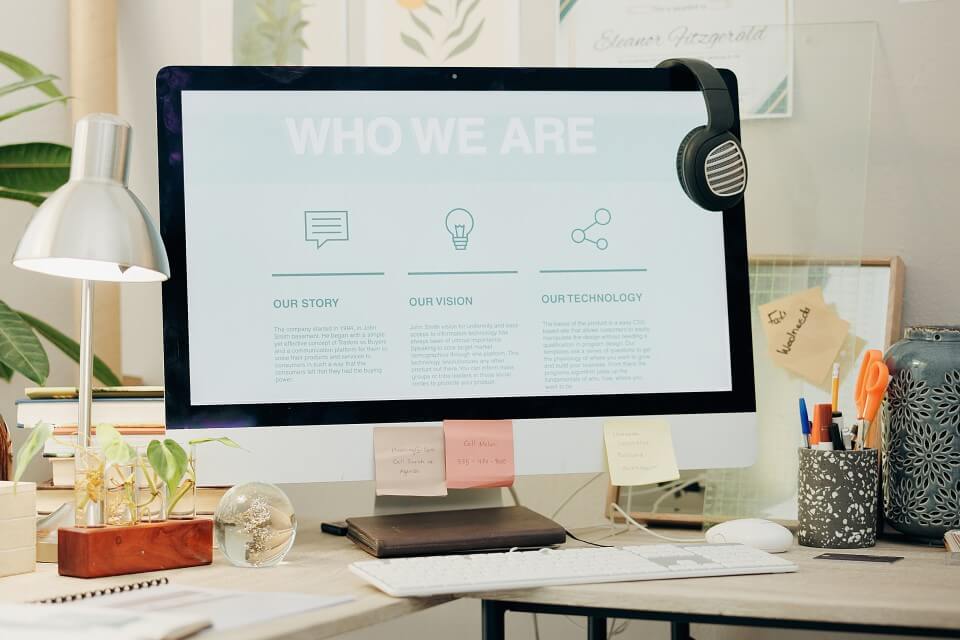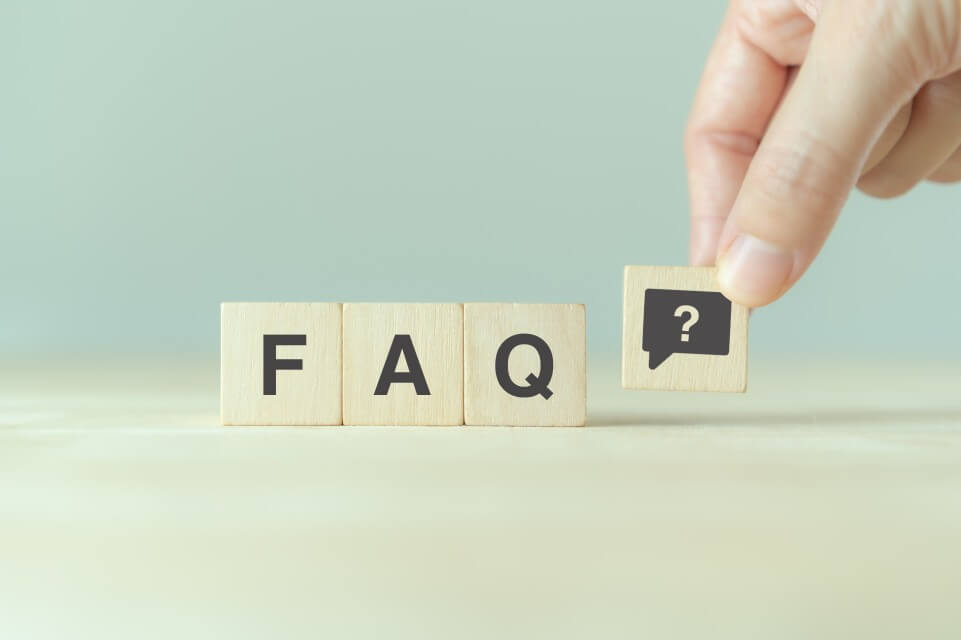Would it surprise you to learn that viewers only spend about 2.6 seconds scanning a website upon entry? Branding and website design either capture attention … or not. From there, their eyes might move to the logo, the navigation menu, or the main image, depending on what catches their eye. But even those sections are only holding their interest for a few seconds. And only if it’s visually appealing. Otherwise, they may choose to back out and visit your competitors.
There’s a lot riding on your website’s design. You have a very small window to make a good first impression. Does it say everything you want it to say?
That’s Where Branding Comes into Play
Branding is more than just choosing colors, designing a logo, and writing great copy. Done right, your website’s branding will help with:
- Building trust: Those first few seconds tell a customer all about your professionalism. They showcase your attention to detail and build your credibility within your industry.
- Creating recognition: This is about making your brand memorable. When visitors see your site, it should be easily recognizable and memorable.
- Consistency: Your brand should be consistent as you reach out to other marketing channels, such as social media profiles. A cohesive brand experience builds trust with your followers.
- Differentiation: If you look exactly like the others in your industry, you’ll fade into the horizon. Memorable branding gives you the added punch your prospects need to move forward and do business with you.
- User experience: Consistency allows your customers to easily recognize and interact with your website and social media profiles, giving you the edge in overall customer experience.
There are currently around 1.2 billion websites in the world. If yours isn’t standing out, your competitors are. What will it take for your branding and website design to beat the competition?
What Makes a Website On-Brand?
Let’s get tactical for a moment. A well-branded website isn’t just pretty. It’s strategic. Every design choice communicates something about your business, from the colors you choose to the layout you build.
This is where you need to spend your time up front to create a website that speaks to your customers. It’s a process of understanding your voice, tone, and messaging to build your personality and values into your presence. Ask yourself:
- Does my website reflect my vision?
- Is it clear who we serve and what we stand for?
- Would someone feel confident doing business with us after just a few clicks?
If the answer is “maybe,” it’s time to dig deeper.
Color Scheme
Color sets the tone for the entire website, evoking certain emotions from visitors the moment they click on your site. Blue is trustworthy, calm, and dependable. You’ll see blue on a lot of bank websites. Red is filled with energy, passion, and urgency. You’ll see a lot of calls to action flashing red. Green is about growth, health, and nature. Wellness brands often use green in their branding.
We suggest analyzing the websites and branding of competitors to get a better look at the emotions they are evoking. Then, familiarize yourself with the psychology and impact of different colors. What are you trying to achieve? If you have ideas, a mood board or a Pinterest board are great places to include colors, images, and other examples of things representing the desired look and feel of your website design.
Typography
Fonts have personality. A serif font might feel classic and traditional, while a clean sans-serif conveys modernity and simplicity. Being consistent with your typography will bring your content together, making it easier for users to navigate and find what they want.
Focus on finding fonts that work well with your brand identity. Watch for readability—if it’s hard to read, users will navigate away. Consistency throughout your marketing will make you more recognizable, especially if you use a fun font. We suggest no more than three typefaces, selecting specific fonts for headers, body text, and accents. With so many different fonts available for you to choose from, you’re sure to find one that matches your brand tone.
Layout
Yes, how your content is arranged affects how it’s consumed. A strong layout leads visitors on a journey, from headline to call to action, without confusion or frustration.
As you’re creating your website design, start with a clear hierarchy. Ask yourself: What do I want them to do first? Then, lead them on this journey, providing steps in a logical sequence. Don’t crowd your message; we suggest leaving plenty of white space so your viewers don’t get overwhelmed. A logical flow will mean they naturally find what’s most important to your brand.
We also suggest that you design for mobile first. Given that a significant portion of your traffic now comes from phones and tablets, it’s a good idea to view your site on every device. If your site’s not responsive, your brand isn’t either.
Imagery
People process visuals faster than text. Images evoke instant emotion. That means every image, photo, illustration, icon, and video should reflect your audience, match your tone, and be high-quality. If you have a playful brand, make sure this shows up in all your imagery.
Stock photos are an easy way to add professionalism to your site. But wherever possible, add your own personality. Take images of your employees. Hire a professional photographer to capture what you do. Above all, make it memorable. Even a quick message from your phone can have the intended results.
User Experience
A beautiful site means nothing if people can’t or won’t use it. User experience (UX) is where branding meets function:
- Navigation makes sense
- Speed keeps things moving
- Forms are easy to complete
- Accessibility for all users
When you respect your users’ time and attention, it makes it easy for them to engage. If it’s fun and appealing, they’ll return.
Trust Comes from Consistency
Guess what? Trust isn’t built in a single click. It’s built through consistency. From every page, every post, every pixel.
When someone lands on your website, scrolls through your homepage, and navigates to your other content, they should feel like they’re interacting with the same brand on every page. That’s cohesive branding and website design. The companies that get it right are rewarded with more engaged users and happier customers.
Does that describe you?




